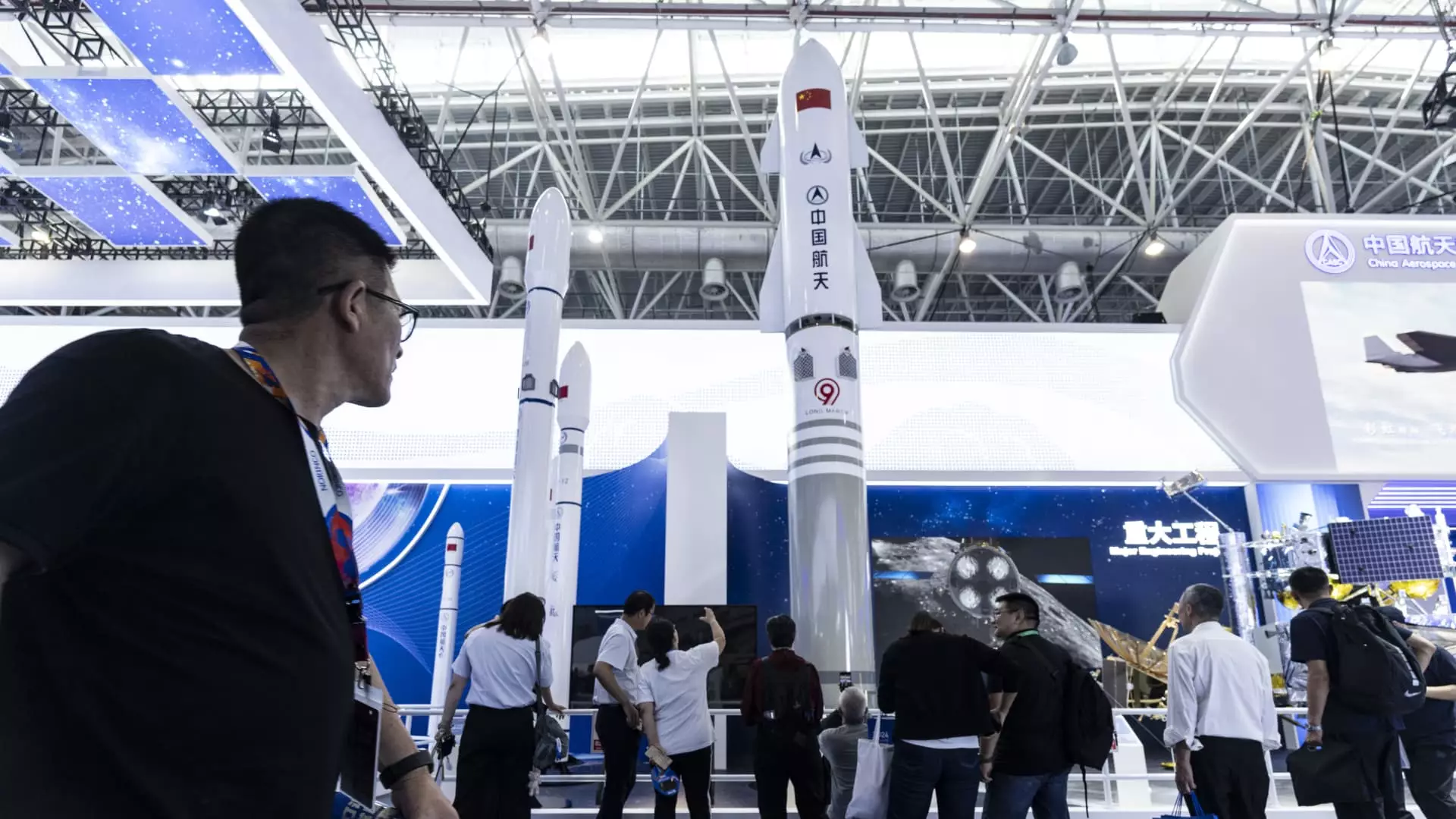In recent years, the race for dominance in the satellite internet market has become both highly competitive and strategically significant. Elon Musk’s SpaceX, with its Starlink project, has set a benchmark with nearly 7,000 satellites in orbit and approximately 5 million subscribers across over 100 countries. The objective of Starlink is to deliver high-speed internet to remote and underserved regions, a mission that has gained attention globally as it seeks to expand its offerings to an audacious 42,000 satellites. In contrast, China has initiated its own multifaceted efforts through three prominent projects: Qianfan, Guo Wang, and Honghu-3, targeting the deployment of around 38,000 satellites. This ambitious strategy demonstrates China’s commitment to saturate the satellite internet space as a means of technological parity.
China’s advocacy for its satellite internet projects isn’t merely about technological prowess; it intertwines with overarching national security and geopolitical ambitions. Experts suggest that the existence of Starlink poses a potential threat to the Chinese government. As Steve Feldstein of the Carnegie Endowment for International Peace points out, Starlink offers uncensored access to information which could jeopardize the stringent internet controls enforced by Chinese authorities. This scenario presents a dichotomy: while Starlink champions freedom of information, China is confronted with the need to maintain its censorship apparatus. Thus, investing in its own satellite internet services is not just an economic endeavor; it is an essential component of safeguarding its internal stability.
With the satellite internet sector heating up, the presence of competitors like European Eutelsat OneWeb and Amazon’s Project Kuiper adds more complexity to this cosmic battleground. Eutelsat has successfully launched over 630 low Earth orbit satellites, while Amazon’s ambitious plan for over 3,000 satellites remains in prototype stages. Although these companies may not directly challenge China’s ambitions in every market, they establish a standard and provide potential partners with various options. This increasingly crowded field raises questions: Why is China so determined to carve out its niche in satellite internet when the competition is fierce and well-established?
Juliana Suess from the German Institute for International and Security Affairs presents a compelling perspective. Countries that traditionally align with China or remain disconnected from western influence could be swayed to utilize Chinese satellite services. Notably, regions like Russia, Afghanistan, Syria, and significant unserviced areas in Africa become focal points for potential growth. China’s strong foothold in developing telecommunications infrastructure in Africa, primarily through Huawei, could facilitate broader adoption of its satellite internet services.
The implications of satellite internet services extend far beyond mere connectivity; they encompass geopolitical maneuvering. The development of satellite-based internet systems has increasingly become a matter of national security, especially in the context of military applications. The adaptability and resilience of satellite communications can prove invaluable during times of conflict, when terrestrial networks are often decimated. Feldstein emphasizes that the role played by Starlink in Ukraine demonstrates the tactical advantages afforded by such technologies, particularly for drone warfare and networked military operations.
This reality lends a sense of urgency to China’s objective. Establishing its own constellation may not only ensure that it doesn’t fall behind technologically but also reinforce its military capabilities and global influence. The potential to provide reliable communication systems in various geopolitical contexts allows China to foster alliances and project power beyond its borders.
As the competition in the satellite internet domain escalates, the resultant landscape may lead to a bifurcated global market. While western nations might lean towards reliable, non-censored services such as Starlink, developing regions could find merit in China’s offerings, particularly if they are packaged with additional support systems and infrastructure improvements. The challenges that lie ahead are immense, yet the race to establish a dominant satellite internet presence is clearer than ever. Ultimately, as rivals like SpaceX and China vie for supremacy, the outcomes will define not just tech landscapes but the broader dynamics of international relations in the digital age.

